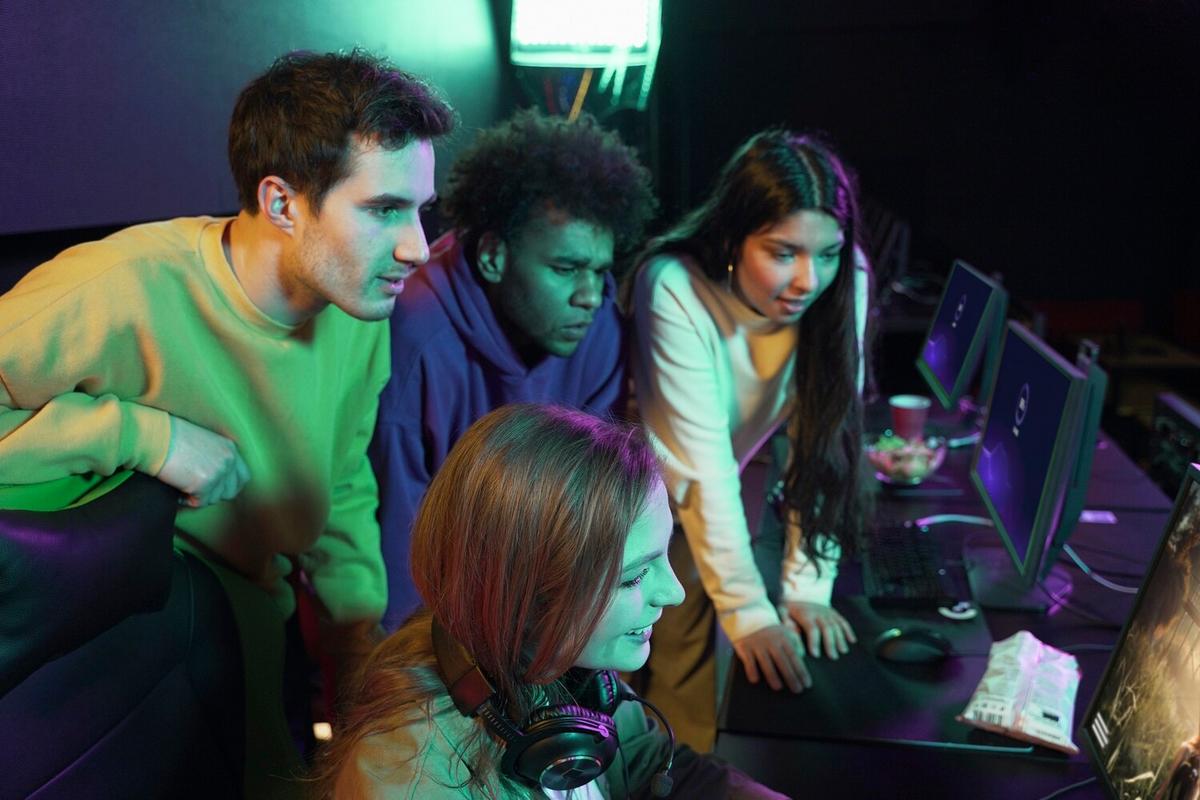As the digital realm continues to evolve, the lines between traditional physical sports and the dynamic world of esports are becoming increasingly blurred. This transformation is not just a passing trend; it’s reshaping how we perceive competition and athleticism.
Esports, the competitive playing of video games, is gaining recognition alongside traditional sports, attracting millions of fans and generating significant revenue. According to a report from Newzoo, the global esports market was valued at over $1 billion in 2021, with audiences surpassing 500 million viewers worldwide. This growth is not just about numbers; it indicates a paradigm shift in the sports industry.
Understanding the Impact of Esports
Esports has carved out its niche, but what makes it comparable to traditional sports? Both require skill, strategy, and teamwork. Professional gamer and analyst, Jesse “JerAx” Vainikka, explains, “Esports athletes train rigorously, often putting in the same hours as traditional athletes to refine their skills.” This dedication is reflected in the structured training schedules and mental preparedness required to excel in esports.
Statistics Speak Volumes
The similarities between esports and physical sports are further highlighted by recent research. A study by Limelight Networks found that esports fans watch esports almost as much as traditional sports, with an average of 3 hours per week dedicated to each. This trend shows the growing acceptance and popularity of esports.
Bridging the Gap: Personal Stories
Take, for example, Alex, a former college basketball player who transitioned to esports. “The competitive spirit is the same,” Alex shares, “Whether on the court or in a virtual arena, the thrill of competition drives me.” Stories like Alex’s are common, illustrating how esports can be a natural progression for traditional athletes.
Actionable Tips for Aspiring Esports Athletes
- Develop a Routine: Just like physical sports, consistent practice is crucial.
- Focus on Mental Health: Managing stress and maintaining focus are key to success.
- Stay Informed: Follow esports news and updates to remain competitive.
Comparing Esports and Traditional Sports
| Aspect | Esports | Traditional Sports |
|---|---|---|
| Skill Development | Hand-eye coordination, strategy | Physical agility, strategy |
| Training | Virtual practice, mental exercises | Physical training, drills |
| Audience | Global online viewership | Stadiums, live broadcasts |
| Revenue | Advertising, sponsorships | Ticket sales, merchandising |
| Accessibility | Internet-enabled devices | Facilities, equipment |
| Competitions | Online tournaments | League matches, tournaments |
| Popularity | Rapidly growing | Established |
| Physical Requirements | Minimal | High |
Frequently Asked Questions
What defines an esports athlete?
An esports athlete is someone who competes in video game tournaments, often recognized as a professional in their field due to their skill level and dedication.
How can someone start in esports?
Begin by choosing a game you are passionate about, practice regularly, and participate in local or online competitions to gain experience and exposure.
Conclusion
Esports is not just a digital pastime; it’s a burgeoning field that complements the traditional sports landscape. With its growing audience and competitive nature, it offers a new dimension to what it means to be an athlete today. Whether you are a gamer, a traditional sports enthusiast, or someone curious about this intersection, esports invites you to explore its rich and dynamic world.




Leave a Reply